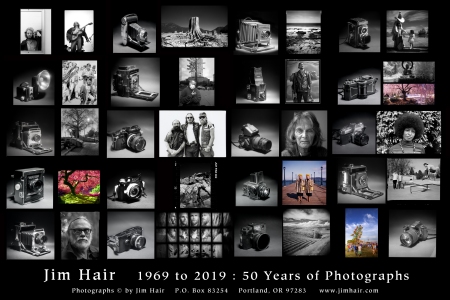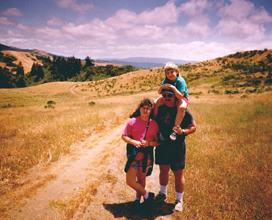
For years I have kept notes when I make photographs in a small, inexpensive notebook. It fits in the back pocket of my pants and when I meet someone I can write down their contact info easily. I have also asked people I photograph to write their names in the book, and especially for someone who does not speak English, it has helped me to correctly understand their names.
I also ask for an email address so I can send copies of the photographs to the people who are willing to stand still for me.
Last week, my loving wife took my work pants and washed them for me, but did not notice my notebook. I had spent the morning photographing under the St. Johns bridge (an outing she declined) and when I came home to fix us breakfast, Vicki came in and said that I would be very unhappy, and handed me my journal.
Fig. 1. After washing it was a lump of pulp, and I was pretty sure it was lost. There is a pause of 24 hours between Fig. 1 and Fig. 2 while I was “pensive”. This journal covered the last six months and the first entries were from Santa Cruz and ended last week after we had settled in Portland. In those six months I had participated in a state-wide photoshoot, three trips back and forth between California and Oregon, a trip to Las Vegas to photograph artwork by a Chinese artist for a book, Death Valley, and hand-written addresses and names of all the people we met, including a husband and wife from Spain, young people from Poland, a father and his daughter from Quebec riding their bikes around America, and tourists from Japan. What obsessed me most was all the notes I had taken and allowed myself to forget: they were written down in the notebook and I could always refer to them later. I was most concerned about what I didn’t know I had lost, and the promises I had made to people to send them photographs that would not be sent.
Fig. 2 is a photograph of what the notebook looks like to start with, and the washed book after I had soaked it in a bath of luke-warm water. I gently pulled it back into shape, but saw that the paper was dissolving in the water as I touched it, so carefully made it as flat as I could and then placed it on wax paper.
Fig. 3 is after a few hours of carefully separating the pages with a dull knife, and placing small sheets of wax paper between them. At this point the paper felt like wet Kleenex, and I limited myself to two cups of coffee and the music of Radiohead while I carefully pulled the pages apart.
Fig. 4 is after placing the notebook in a room with a dehumidifier running continuously. Every few hours I rotated the book so the moisture could be removed evenly. I am careful to use a Gelly Roll or Pigma Micron pen when writing in the journal, and especially if I have someone else write in it, as the ink in these pens is waterproof when dry, and archival quality. The paper feels fairly brittle now, but the writing is clear, and I am transferring the notes to a spread sheet that I will print.
Fig. 5 shows the last two years of my notebooks, and my project for this weekend of transcribing addresses and emails.
Every night when I come home, I empty my pockets and kiss my wife.











